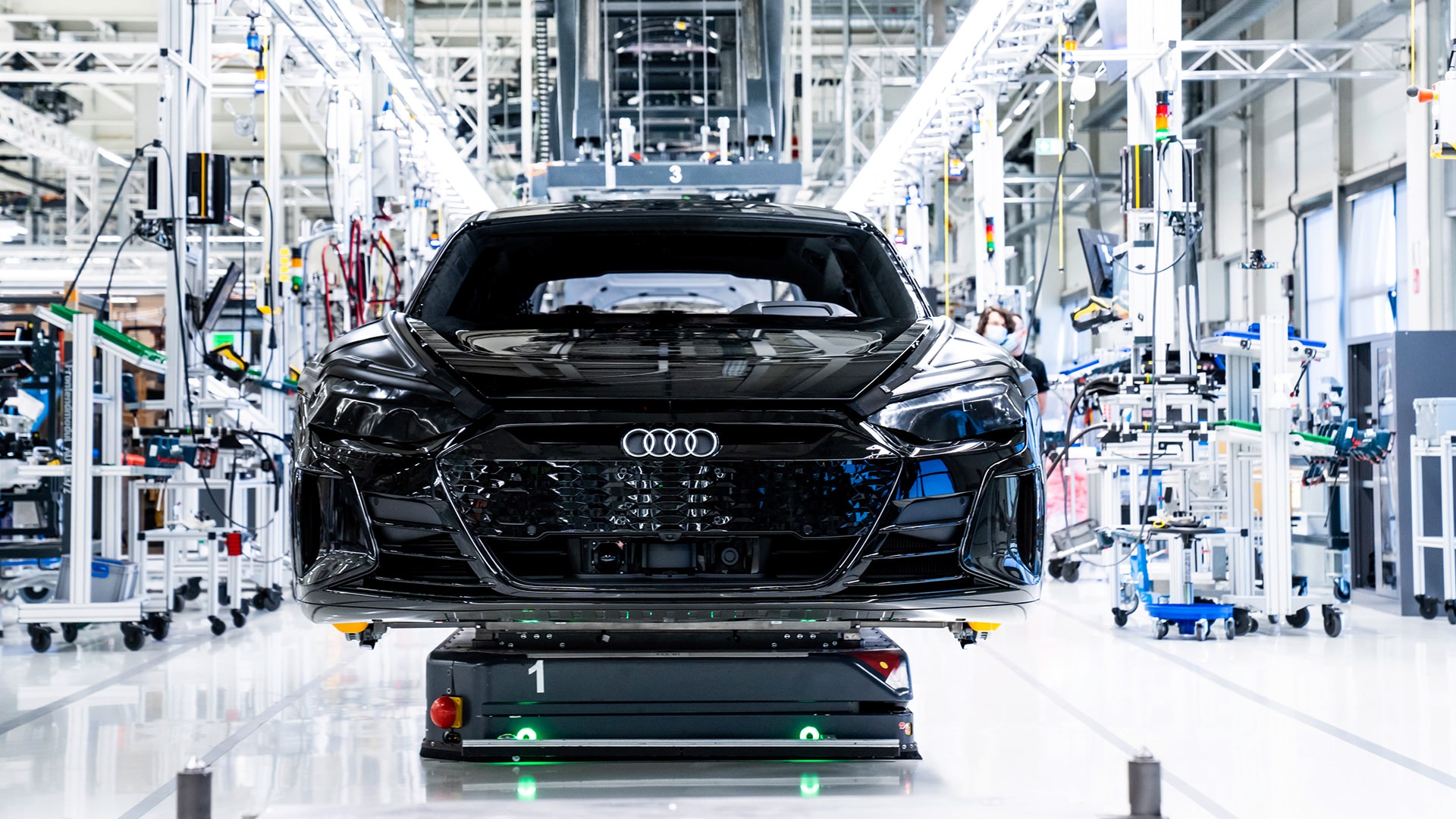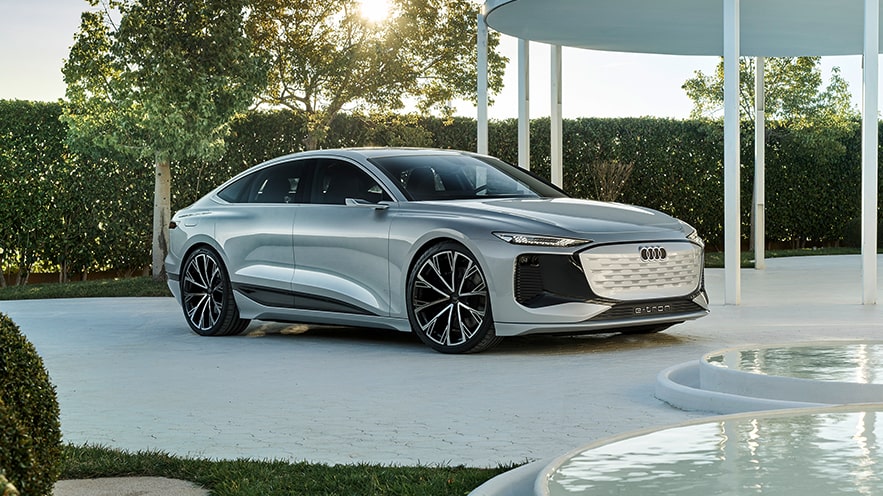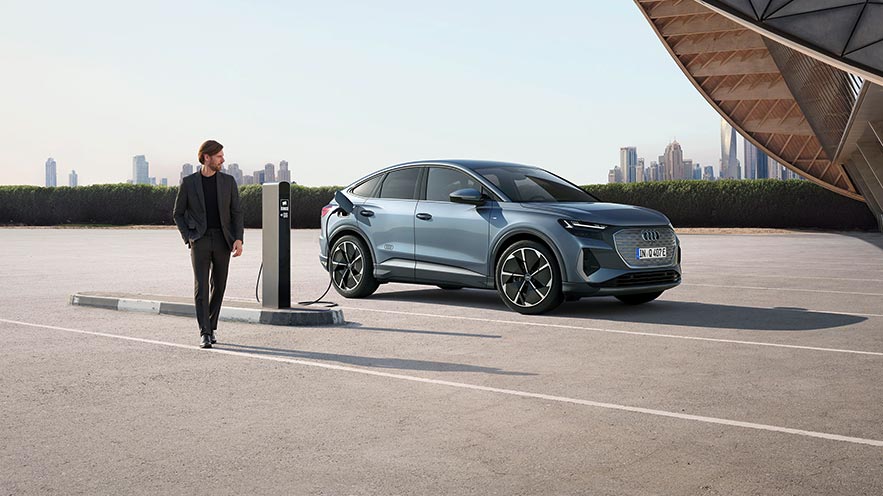Accelerating the transition to e-mobility
Production of the final Audi with a completely newly developed, combustion engine will start in just four years. And, beginning in 2026, the plan is to only release new models purely powered by electricity.
As part of its strategic realignment, Audi has begun to accelerate its transition to e-mobility, gradually phasing out the production of internal combustion engines to 2033. The goal is net-zero emissions by 2050.

The exact timing of when the last combustion engine will roll of the floor will ultimately be decided by customers and legislation. Demand is expected to continue in China beyond 2033, which is why there could be a supply of vehicles in that country that feature locally manufactured combustion engines.
We know that the expansion of a widespread charging infrastructure and renewable energy sources is crucial for the ramp-up of e-mobility and its acceptance by drivers. According to Natural Resources Canada, there are more than 6,000 electric vehicle charging stations in Canada – that includes more than 5,200 Level 2 EV charging stations and about 1,000 DC fast chargers – and that number is growing quickly.
Audi has become actively involved in both renewable energy and charging. Just a few months ago Audi unveiled its charging hub pilot project as a premium charging solution with a reservation system and lounge. It also partnered with energy suppliers to promote the expansion of renewable energy sources.
Duesmann says that Audi plans to invest all its efforts into the development of the combustion engine right up to its final discontinuation, further improving existing generations to achieve greater efficiency with major customer benefits.
So, one thing is for sure: “Audi’s last internal combustion engine will be the best we've ever built,” he notes.
If you want to hear more about Audi’s bold vision of the future, check out our e-tron sustainability page to see how our commitment to electrification is a complete game-changer.
Related pages

Meet the Audi A6 e-tron concept
